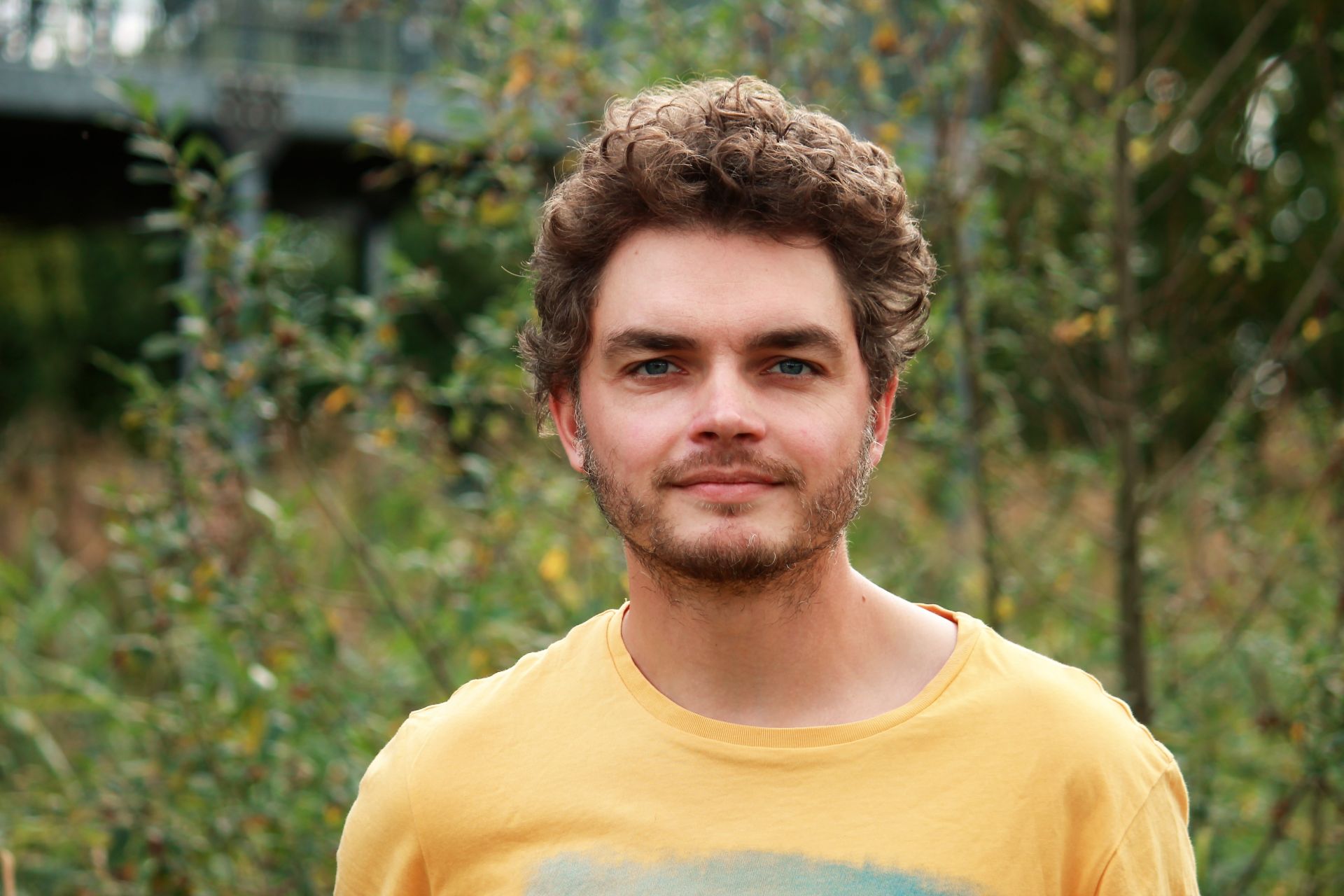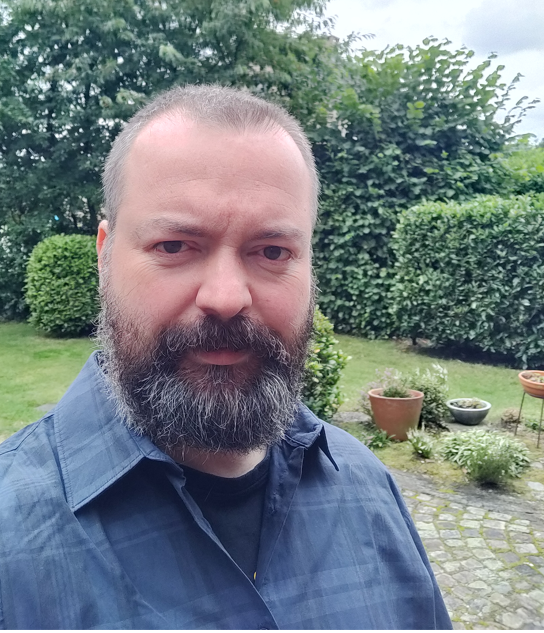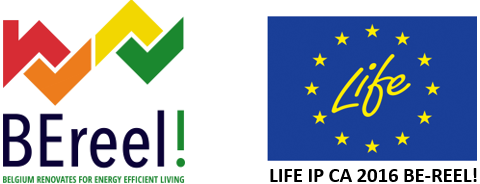Bert: “For example, the FRA sits at a counter in a city or municipality and will receive concrete questions about renovation. He should try to sensitise and motivate citizens to renovate properly. He will have to be able to deduce and unravel the exact question of the customer. For example, sometimes customers are so keen to install solar panels, while in their specific situation they are better off with a heat pump. For successfully developing such skill you need a certain background knowledge. That is what the basic training is for. We have divided them thematically into 15 manageable modules so that the ELA does not get lost in the woods and learn what he or she needs at his/her own pace.”
Kamp C has done the preparatory research and made an inventory/needs analysis. How did you go about doing this?
Hans: “We conducted in-depth interviews with the renovation advisors and energy houses. What knowledge is there? How do they see the implementation of the FRA? What do they need? These are all things that we have mapped out and shared with the partners. They also conducted interviews, but mainly with end users. During the joint meetings, we continuously gave each other feedback. For the basic training, I also worked out the module on premiums myself.
Something that struck us is that the FRA are very diverse. You have advisors with a solid technical background and you have administrative employees with a social background. So there is a lot of differentiation. That is why we have developed the training into modules, so that the future FRA can shop, as it were, and choose the modules from which he or she can learn something.”
Pixii prepared the actual RAT based on the inventory. How did you work and why exactly that method?
Wouter: “We have turned it into an interactive PowerPoint in which you can easily navigate between the menus. It can easily be converted to PDF format or integrated into a website.
So how exactly did we proceed? We first collected all information from various sources, such as interviews with advisors from our network and the preparatory work of Kamp C. Since the RAT and the training are so closely intertwined, we divided the work among the consortium. Pixii mainly took on the development of the RAT and worked out a few modules for the training.”
Dialoog has largely drawn up the curriculum for the training of renovation consultants and the majority of the final training modules. How did they come about?
Bert: “We have divided the curriculum according to expertise. I worked out most of the modules myself, as Pixii already had a lot of work to do with the RAT. In concrete terms, this concerns the modules limiting the energy demand, installations, EPB, capacity building and renovation policy.”
What are the lessons learned from the entire process?
Hans: “That it is difficult to find a balance between providing technical background and keeping it generally accessible.”Wouter: “In my experience, this project was a very good collaboration with a clear target group and objectives.”Bert: “You quickly tend to put too much content into it. That was also a specific question from VEKA. Don't make it too elaborate. Which is perfectly understandable. The target group is the FRA. They do not need to be able to explain in detail how something technically works. No, they should be able to refer you to someone who can help you. That is exactly what the RAT and training courses are for.”



